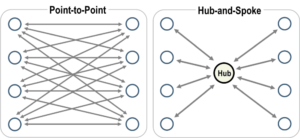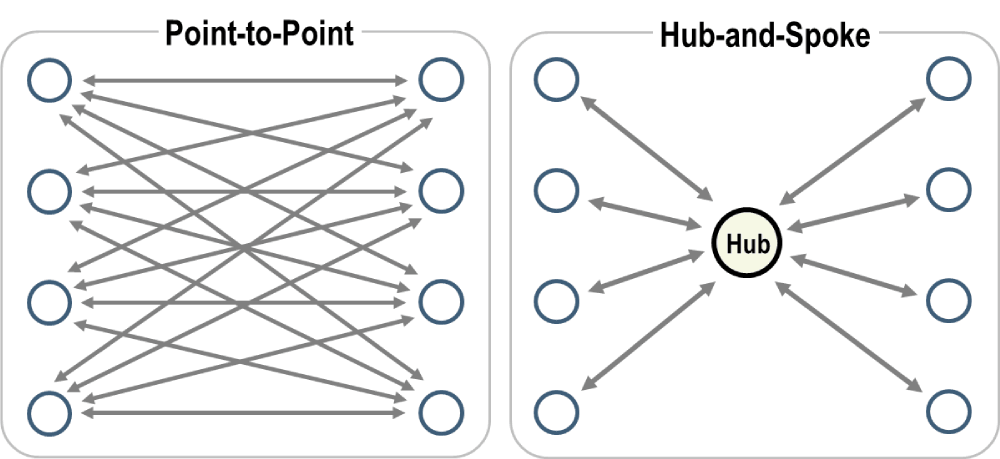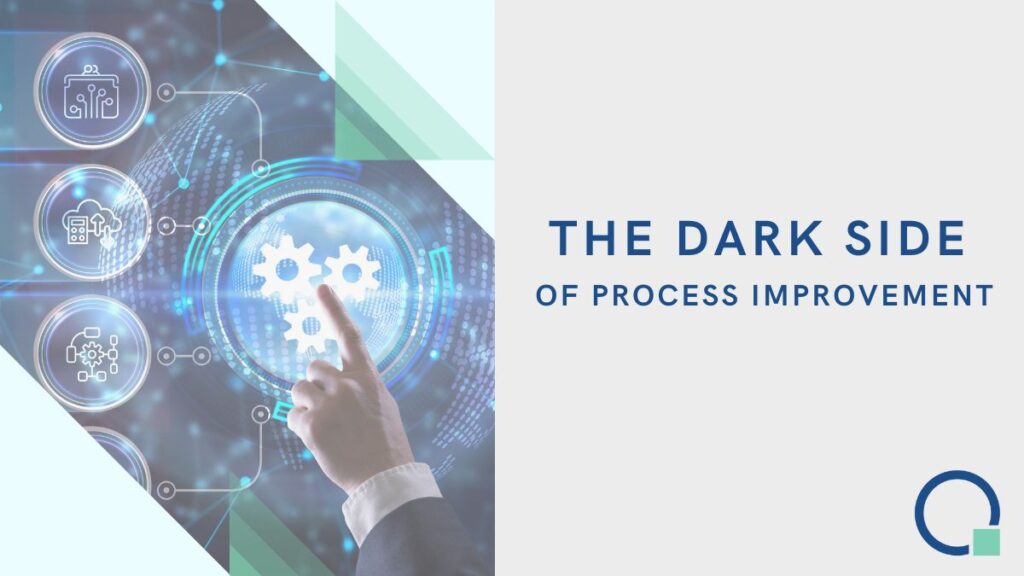Pizza vs Freight Rates
Everybody loves pizza!
Over 5 billion pizzas are eaten every year in the world. It is a 30 billion dollar business, and more and more new pizzerias are opening. Probably, one of the reasons is that the ‘pizza model’ is universal and extremely simple to replicate! No matter which country you go to, pizza looks round, ingredients are similar and the menu has the same structure everywhere. There are traditional all-time favorites like ‘Margherita’ or ‘Peperoni’, etc (the base), with a separate list of customizations in the form of extra toppings.
Nobody Loves Freight Rates…
Over 100 million containers are shipped every year in the world, forming the backbone of the current economy. However, the ‘shipping menu’ aka freight tariffs – unlike pizza menu – is extremely complicated, with unique complexity to the freight pricing structure.
Imagine going to a pizzeria, where you have to wait for an hour to get a menu, because all possible customizations are put together manually upon request, for each table separately. And you can never be sure that you got the full menu at the right price. Well, this is the reality of the freight tariffs in container shipping.
Hub and Spoke vs Point to Point Model
You might say that pizzeria has nothing to do with freight shipping, but actually they share the same business model. The model is called ‘Hub and Spoke’, named after a wire wheel. The classic form of this business model is seen in the aviation industry: each airline has a hub airport, used as the base for operations. The airline provides a number of regular connections, some ‘unusual’ connections at higher prices, and presents a list of extra paid services for passengers.

The wire-wheel consists of many different parts and internal links, but in the end everything is interconnected and spinning. The great advantage of this model is that the pricing can be highly accurate. The product is consistent because there are no individual variations.
Hub and Spoke in Shipping
The shipping industry is the pioneer of the hub and spoke: large ship takes the container to a hub port, the small ship takes it to a small port, and truck delivers it to the client. Must be simple and efficient, right? Operationally – yes, but not commercially.
Commercially, each mode of transport for this container is a complex calculation in itself – it consists of various surcharges, special terms, seasonal add-ons, and individually negotiated charges. And the worst part – freight rates change weekly. At this point-to-point commercial structure, container shipping loses efficiency and creates long lines of unhappy clients, waiting for days for their freight rates.
At the attempt to solve the problem, many technology companies try to digitize freight pricing and quoting process ‘as is’, which does not bring the expected result – before digitization, the broken process has to be fixed.
At Quotiss, we tackle the main problem of the industry from a different angle: instead of digitizing the enormous complexity of freight rates, we dramatically simplify the freight rate management process, reducing the number of variables in the equation.
Freight rate complexity can be reduced by 99%, following the data patterns discovered by Pareto 100 years ago.
Quotiss sales automation software generates 100% accurate quotes in seconds. The software is user-friendly and tailored to the freight forwarding business. It brings order and structure.
Would You Like a Quick Start with Quotiss?
Click here to register your company. We’ll activate your company’s profile and help with the initial settings and user onboarding. You can start uploading your freight ratesheets and quoting freight from Quotiss on the same day we sign the deal.


